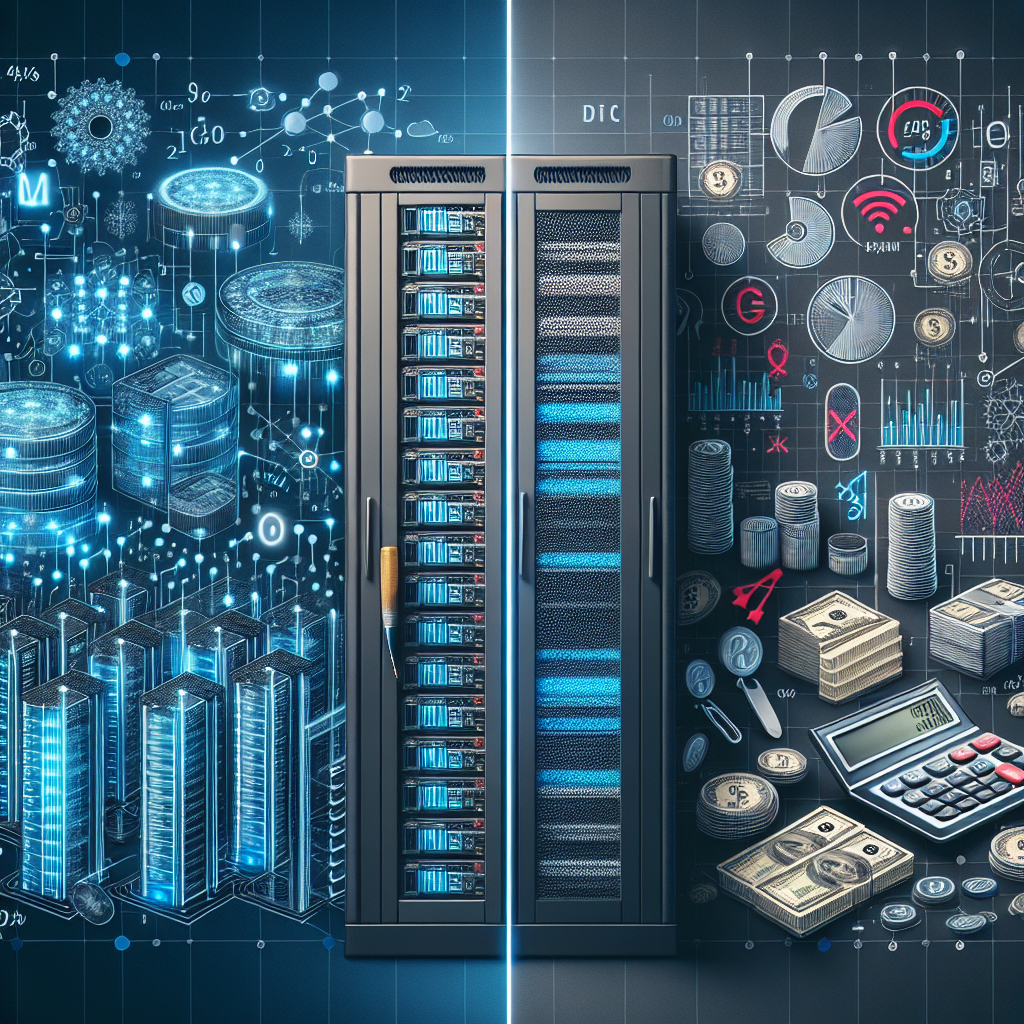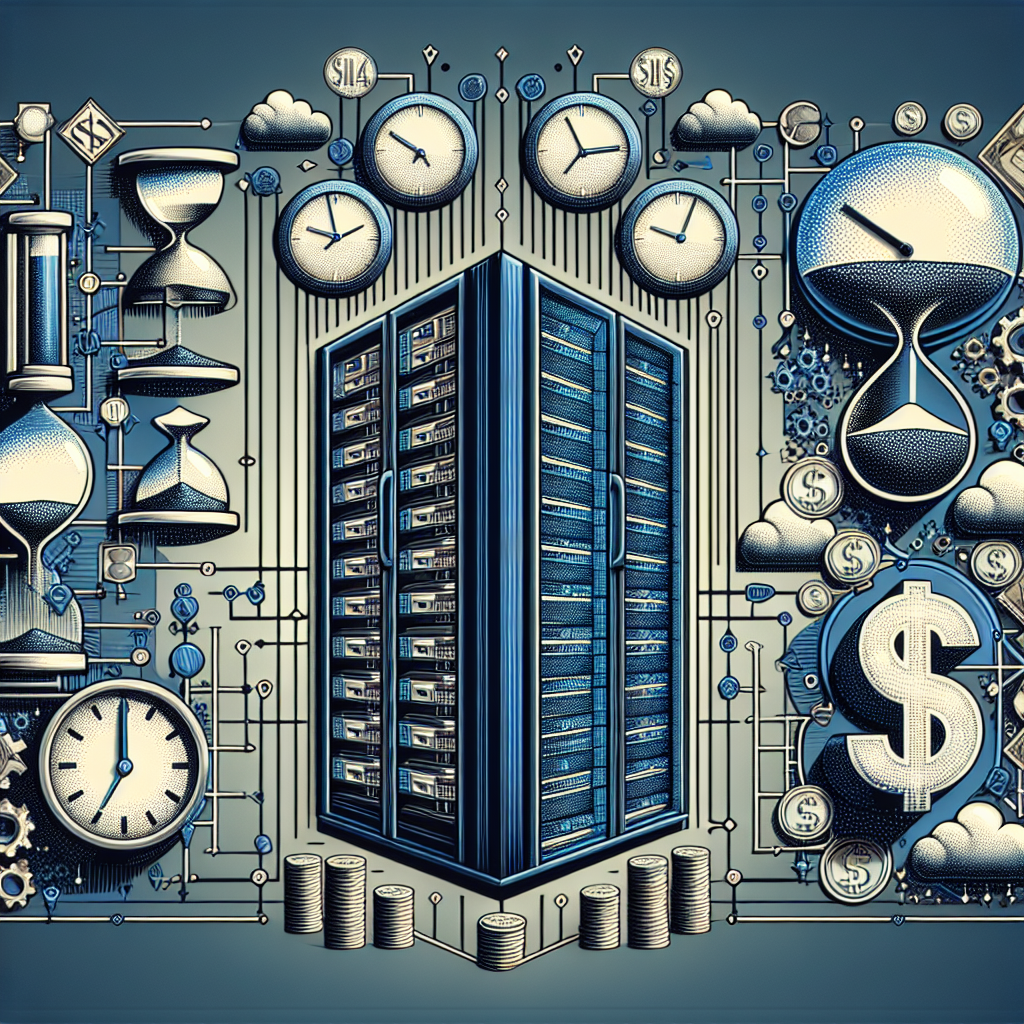Data centers are a critical component of modern business operations, housing the servers and equipment that store and process data for companies. One of the key components of a data center’s infrastructure is its generator, which provides backup power in the event of a utility outage. Evaluating the total cost of ownership for data center generators is essential for ensuring that your facility remains operational during power outages while also managing costs effectively.
When evaluating the total cost of ownership for data center generators, there are several factors to consider. These include not only the initial purchase price of the generator but also ongoing maintenance and fuel costs, as well as the impact on overall energy efficiency and environmental sustainability.
One of the most significant costs associated with data center generators is the initial purchase price. Generators vary widely in terms of size, capacity, and features, so it’s essential to choose a model that meets your facility’s specific power needs while also staying within budget. It’s also important to consider the cost of installation, as well as any necessary modifications to your facility’s electrical system to accommodate the generator.
Once the generator is in place, ongoing maintenance costs will be a significant factor in the total cost of ownership. Regular maintenance is essential to ensure that the generator remains in good working order and is ready to kick in when needed. This can include regular inspections, testing, and repairs, as well as the cost of replacement parts and labor.
Fuel costs are another significant expense to consider when evaluating the total cost of ownership for data center generators. The type of fuel used by the generator, as well as its efficiency and consumption rate, will all impact fuel costs over time. It’s important to factor in not only the cost of fuel itself but also any storage and delivery fees associated with keeping the generator fueled and ready to go.
In addition to these direct costs, it’s also important to consider the impact of the generator on overall energy efficiency and environmental sustainability. Some generators are more energy-efficient than others, which can result in lower operating costs over time. Additionally, generators that run on cleaner fuels or have lower emissions can help reduce your facility’s carbon footprint and contribute to a more sustainable operation.
In conclusion, evaluating the total cost of ownership for data center generators is essential for ensuring that your facility remains operational during power outages while also managing costs effectively. By considering factors such as the initial purchase price, ongoing maintenance and fuel costs, and the impact on energy efficiency and environmental sustainability, you can make informed decisions about which generator is the best fit for your facility. By carefully evaluating these costs and factors, you can ensure that your data center remains powered and operational when you need it most.



